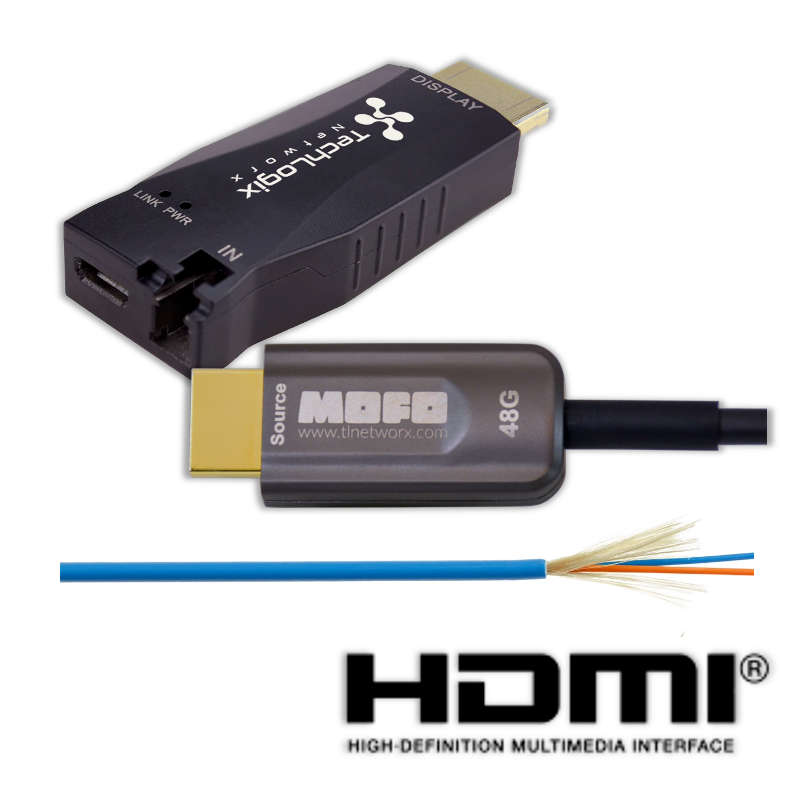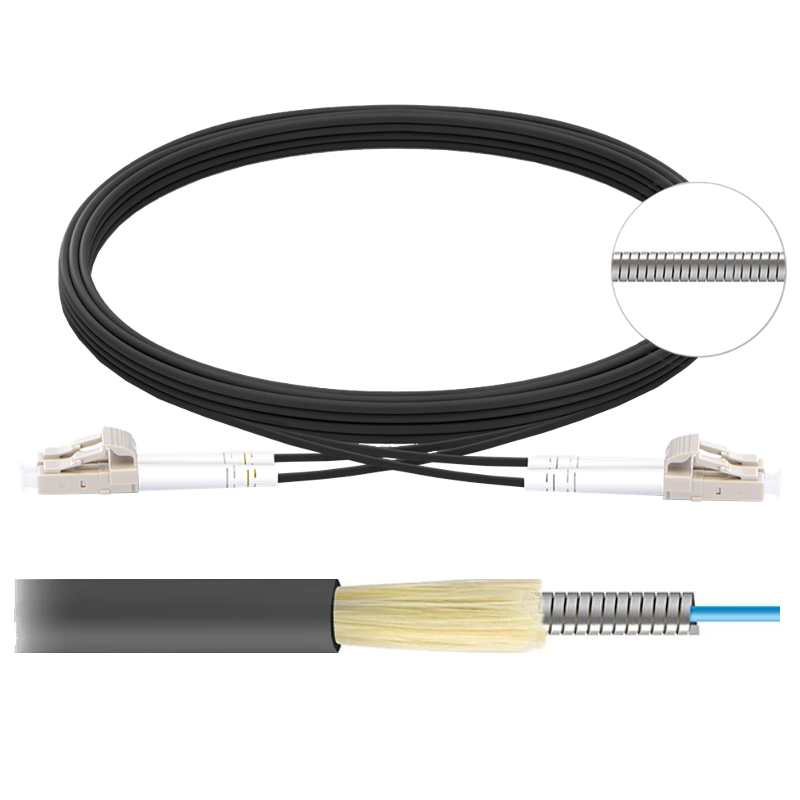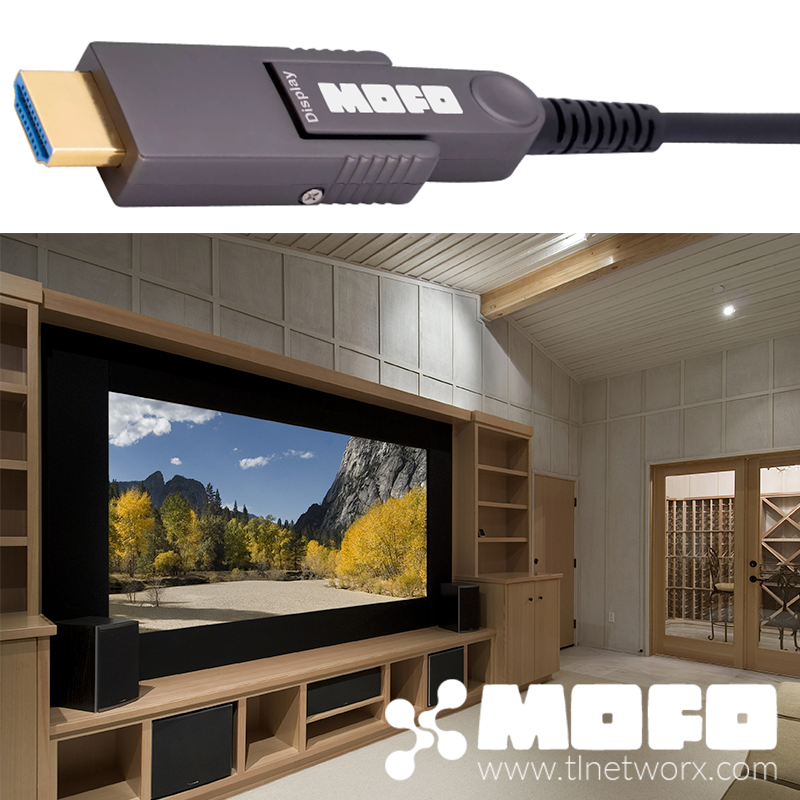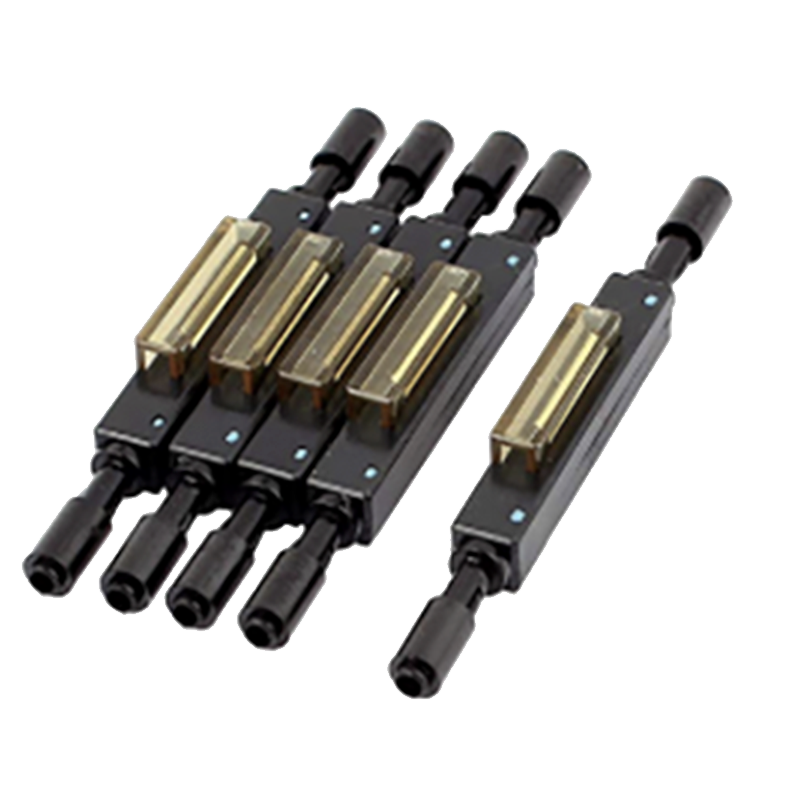Using Fiber for HDMI Distribution

Fiber is increasingly used for HDMI signal distribution. Not only does optical cable extend signal transmission distances, it also supports the bandwidth required for native, uncompressed 4K and 8K HDMI.
This article explores several popular fiber-based technologies used for HDMI.
Fiber-based HDMI Cables

Fiber-based HDMI cables, such as the TechLogix MOFO™ line, leverage a true fiber core to extend HDMI up to 50m (165 feet). Pre-terminated HDMI connectors accommodate installations in seconds and the optical construction provides complete immunity to RF, EM and electrical interference.
MOFO™ cables are built with four strands of re-terminable multimode fiber allowing cable runs to be upgraded and re-purposed in the future. The fiber core can be spliced and re-terminated with standard fiber optic connectors and tools.
The real-world application for re-purposing a fiber-based HDMI cable is the rapid expansion of AV over IP and streaming media. A MOFO™ cable used for HDMI today can be re-terminated for internet or other audio/video formats tomorrow.
Features:
- Installs like a standard HDMI cable
- No power supply required
- 70lb pull-rating & 1.8 inch minimum bend radius
- HDMI.org certified lengths
- Uncompressed 4K & 8K transmission
- Full support of the HDMI specification
- Re-terminate with standard fiber tools & connectors
Download MOFO brochure and specifications.
HDMI over Fiber Extenders

HDMI over fiber extenders leverage standard single mode or multimode fiber to transmit audio, video and associated signals (such as control and network depending on the extender model). Basically, they are like twisted pair extenders that rely on optical fiber instead of copper.
The advantages of HDMI over fiber extenders include:
- Extremely long transmission distances -- signals can be extended up to 6 miles or more depending on the model
- Integration of IR, RS232 and Ethernet signal extension over the same fiber
- Compatibility with standard single mode or multimode fiber terminated with LC connectors -- basically the same cable used for networking
- Complete immunity to interference, static electricity, surges and other environmental factors that affect twisted pair extenders
- Extremely high signal bandwidth support, including uncompressed HDMI transmission
The disadvantages of HDMI over fiber extenders is the requirement of power at each end of the cable (though some extenders are powered from a display USB connection) and a higher price point.
For example, a fiber-based MOFO™ cable costs as little as $120 whereas a pair of HDMI over fiber extenders costs upwards of $425 or more.
View HDMI over fiber extender options.

Tips for Integrating Fiber-based HDMI Solutions
Regardless of the type of HDMI solution you chose, there are several tips that will help your project install and operate seamlessly.
Fiber-based HDMI Cables
- If the cable will be pulled through conduit, 1 inch diameter or greater is recommended to account for the headshell size.
HDMI over Fiber Extenders
- Ensure power sources are available at both the transmit and receive sides of the cable run. Extenders require power at both the TX and RX.
- Duplex (cabling with two strands of fiber) is recommended to accommodate most extender models.
- LC connectors are recommended to accommodate most extender models.




Comments